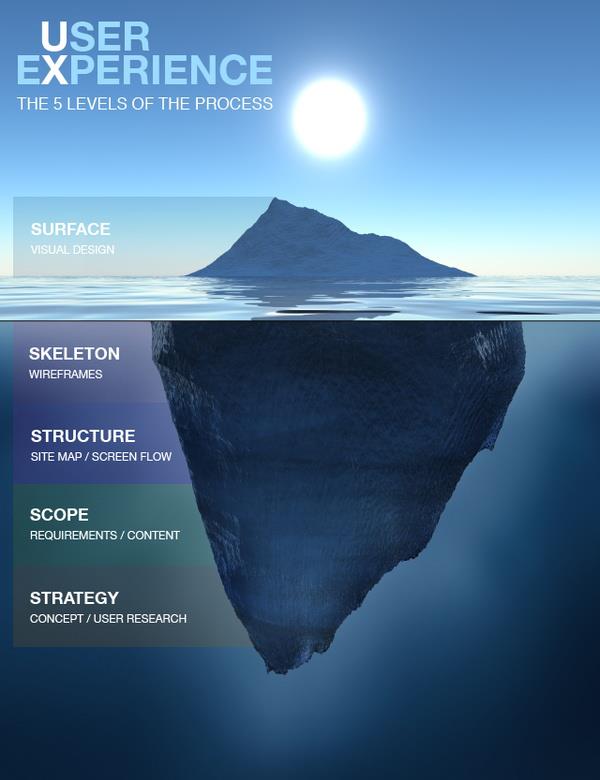
This webinar features the nine Analytics Predictions for 2014, a recap of analytics trends from 2013 and discussion of the emergence of the Era of Analytics 3.0 and the Chief Analytics Officer.
Prediction 5 was particularly interesting to me, stating that analytics as a service will become more prevalent. Personally I would like to understand more about how analytics works as well as how to apply it to existing in order to understand how to improve systems.
Thanks to International Institute for Analytics for creating this. I would recommend this for those interested in understanding the world of analytics.
Prediction 1:
The industry is moving from individual analytics professionals to formation of effective analytics teams. As companies hire more people of the same expertise, we need to learn how to work together. Companies are no longer questioning the need for analytics; they are questioning how to organize everyone.
Prediction 2:
Companies are moving from being interested in Big Data, and want to move towards demonstrating the value of it. They will seek to align analytics with core organizational goals and embed it in their business processes. There has been a lot of investment into banking, such as products by customer. Business processes will improve.
Prediction 3:
Companies will use analytics on the data they have accumulated in order to develop new products and services for customers.
Prediction 4:
Vendors and users will increase their focus on operationalizing and managing models. How do we keep the data refreshed? How do we manage the IP? How do we ensure the life cycle of data analysis makes sense to the business?
Prediction 5:
The adoption of analytics as a service will accelerate, and companies will prefer to buy a prepackaged service rather than hiring a specialist. There is a growing demand for analytics while conversely there is a talent shortage. More and more very specific analytics applications are becoming commercially available.
Prediction 6:
Facial recognition and wearable device data will be incorporated into predictive analytics. If someone’s face turns and looks up at the advertisement, a system could capture the time the person looks at it, the emotion expressed, etc. In doing so, businesses can start to understand the customer. Nike wearable bracelet is an example of wearable device data.
Prediction 7:
The adoption of data visualization will accelerate in both the high end and low ends of the complexity spectrum. It is getting easier to use data visualization tools, and the real change is in the ability to show change and movements.
Prediction 8:
We will see a continued move to machine learning and automation to keep pace with speed and volume of data. Data mining is an example of machine learning.
Prediction 9:
As they strive to operationalize analytics but encounter challenges with the over-automation of decisions, companies will focus more on the optimal mix between human and machine capability and judgment.
Tags: Analytics, Event Summaries
















